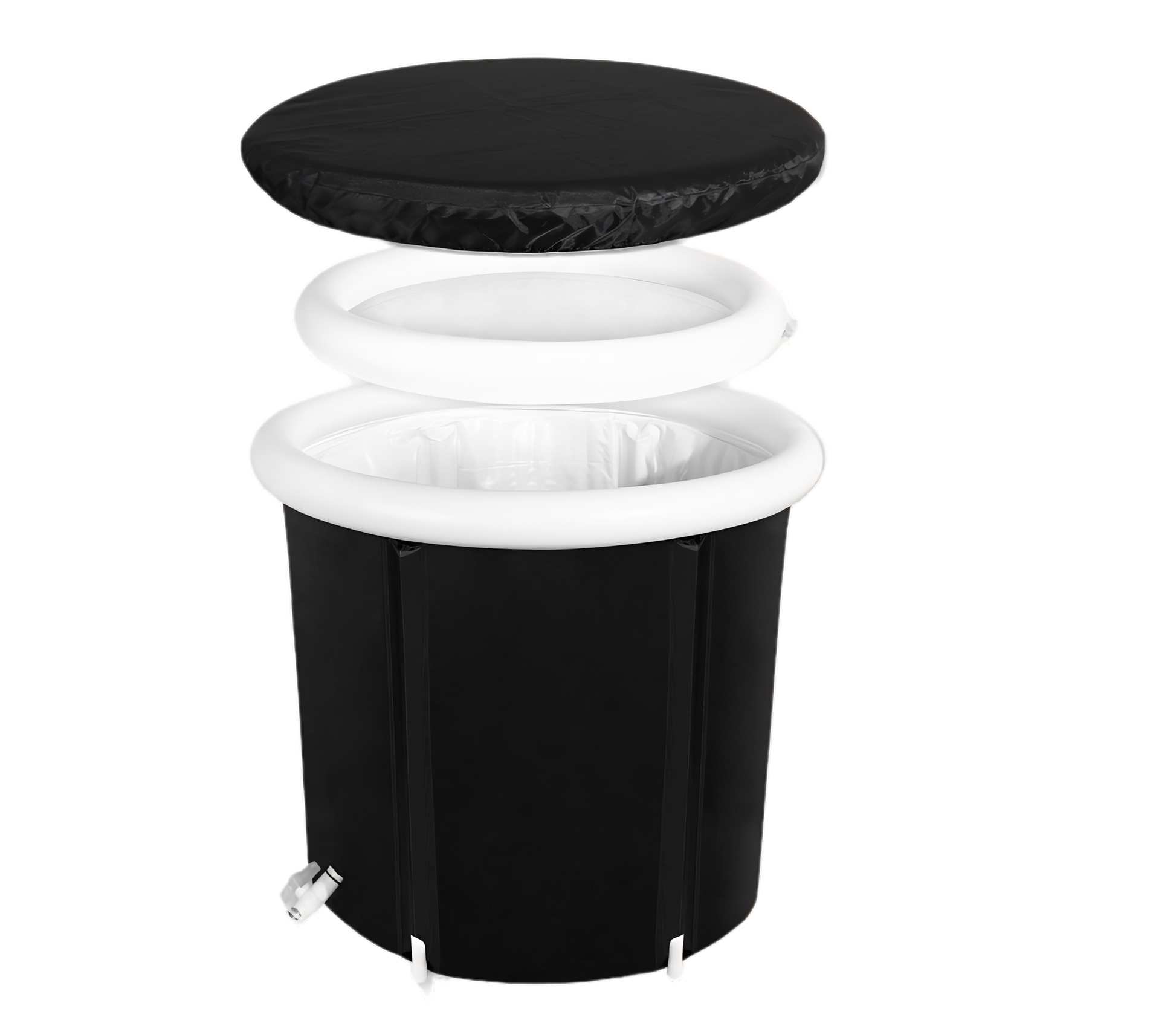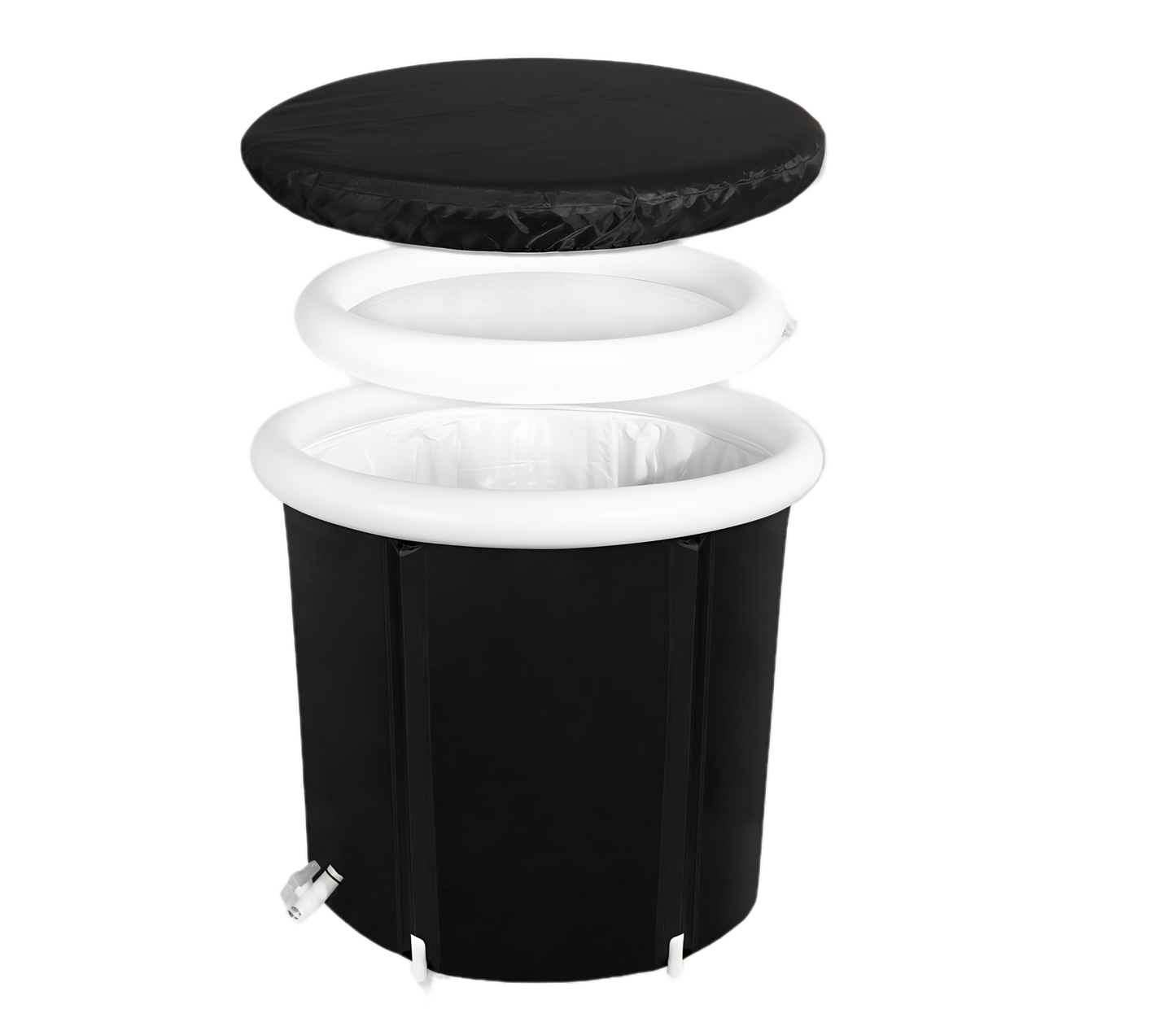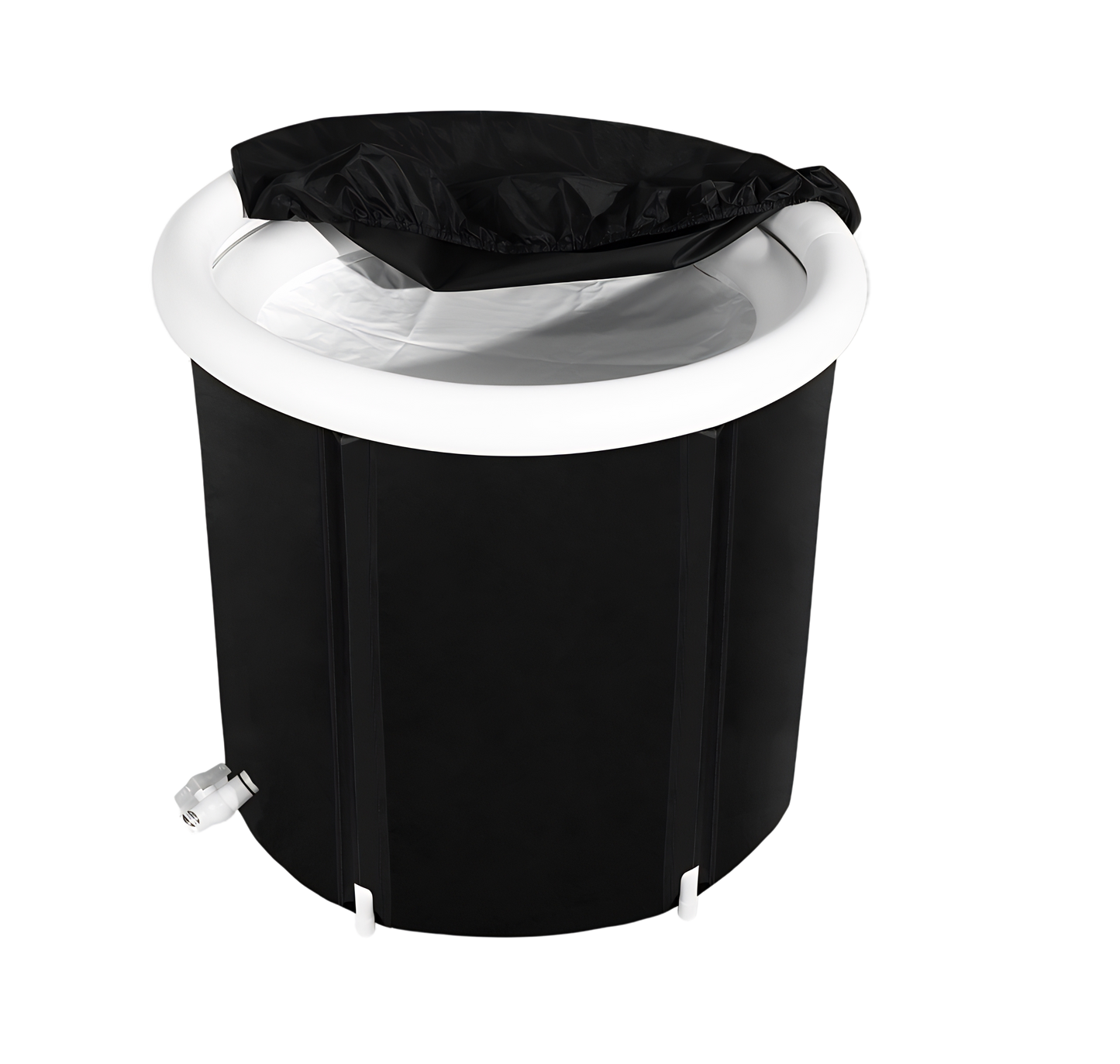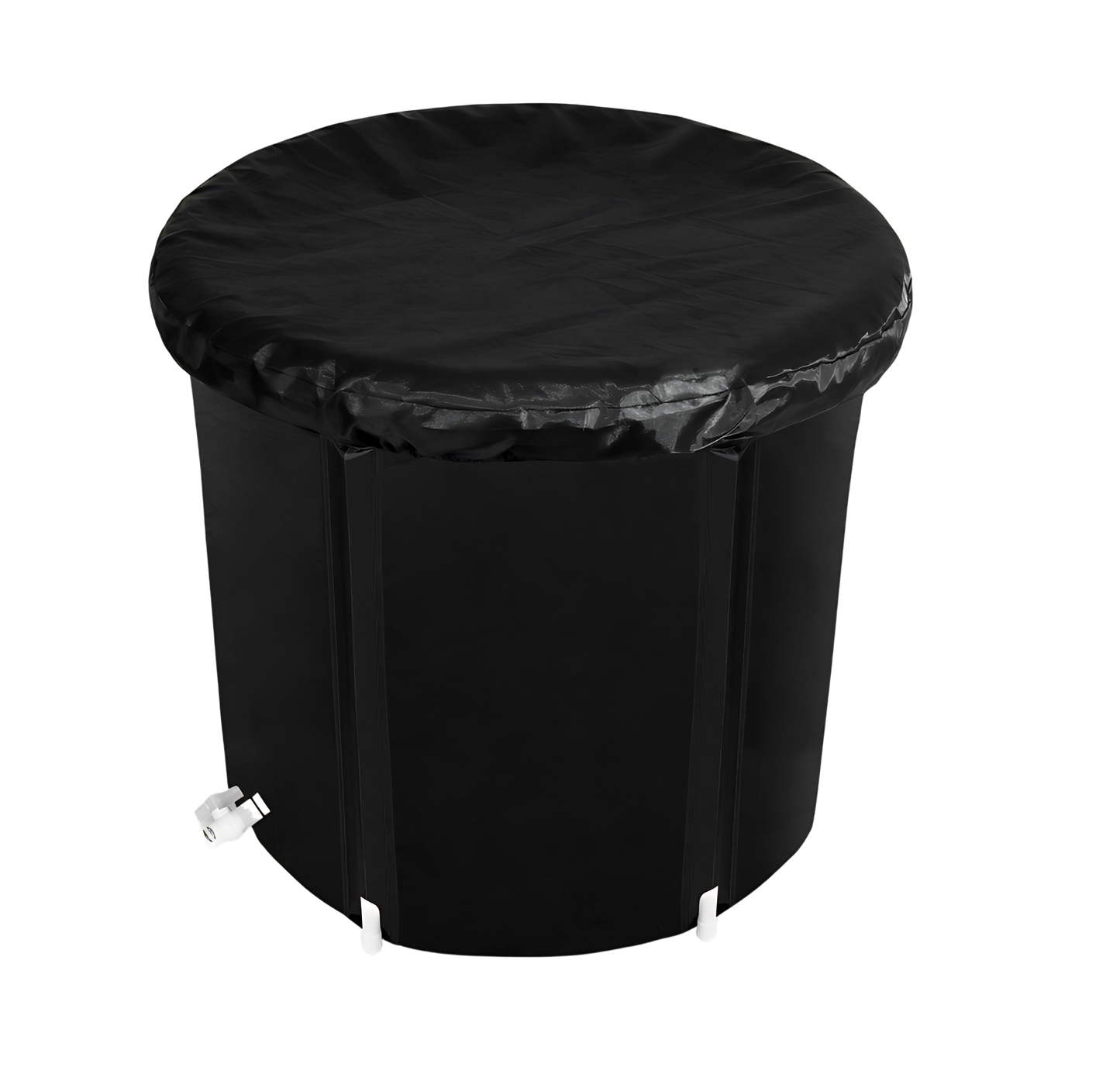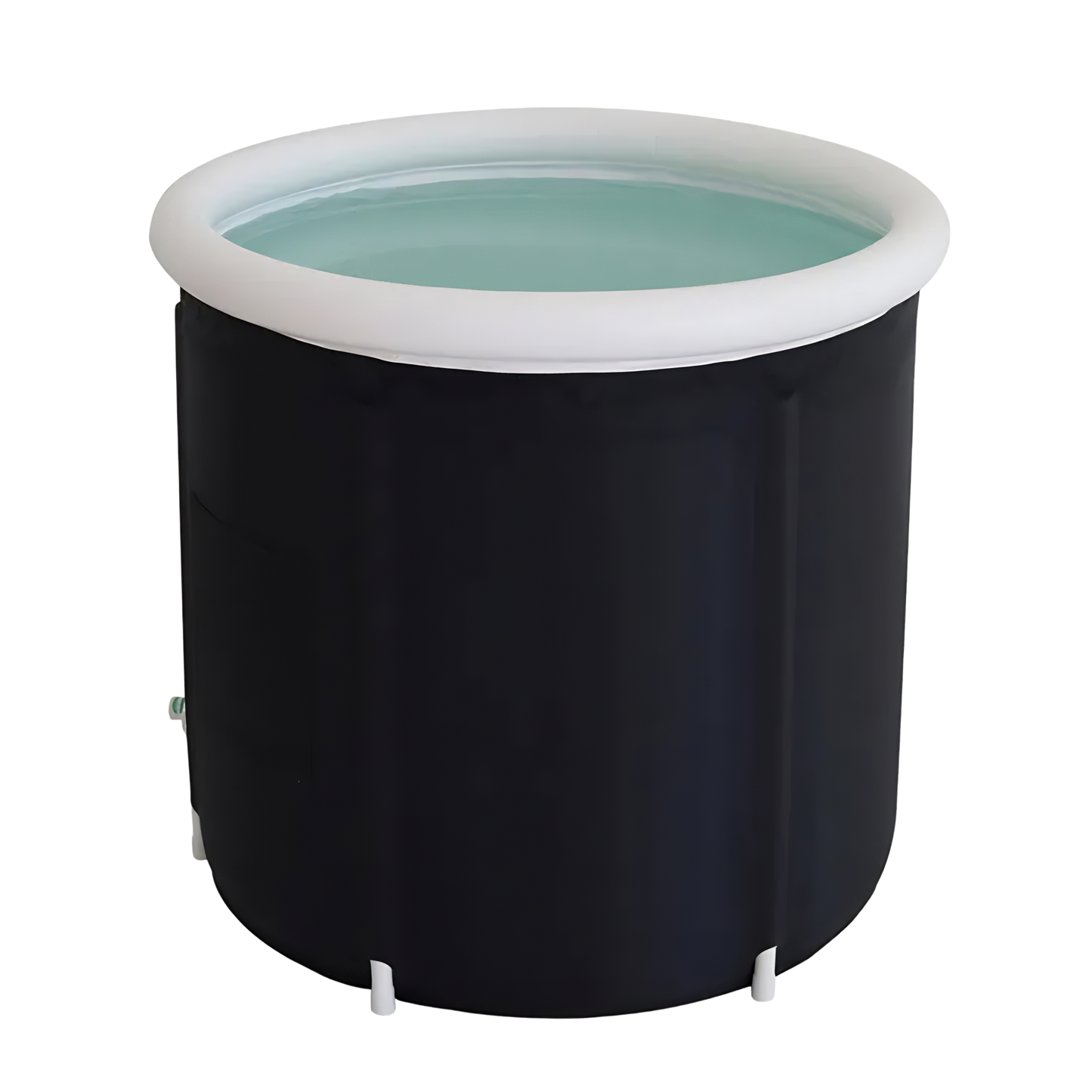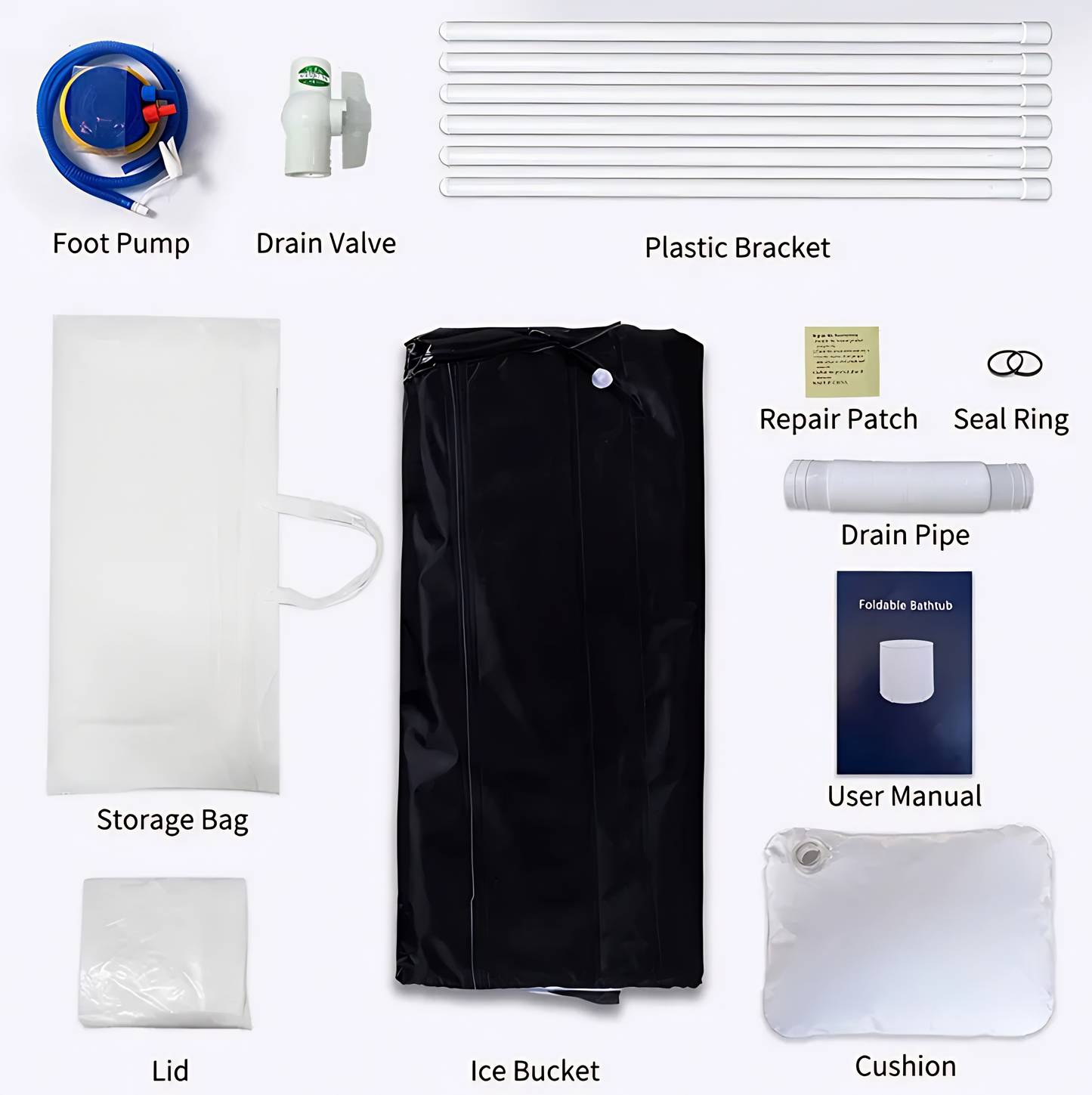Most people should use ice baths 2-3 times per week for optimal recovery benefits without diminishing returns or negative effects. Athletes may benefit from up to 4 sessions weekly during intense training periods, while beginners should start with just once weekly and gradually increase frequency based on adaptation and recovery needs.
Key Takeaways
- Use ice baths 2-3 times weekly for optimal recovery benefits.
- Athletes can increase to 4 sessions weekly during intense training.
- Beginners should start with once weekly sessions before progressing.
- Keep sessions between 5-10 minutes for sufficient benefits.
- Monitor your body's response and adjust frequency accordingly.
What Does an Ice Bath Do to Your Body?
Ice baths trigger several physiological responses in your body that contribute to recovery and performance adaptation. Cold water immersion (typically 50-59°F/10-15°C) causes immediate vasoconstriction, reducing blood flow to immersed body parts and lowering tissue temperature. This temperature drop decreases metabolic activity, slows inflammation, and reduces nerve conduction velocity, collectively diminishing pain and swelling after exercise-induced muscle damage.
The subsequent vasodilation during rewarming creates a "pumping effect" that helps flush metabolic waste while delivering fresh oxygen and nutrients to tissues. Additionally, ice baths stimulate the central nervous system, potentially improving recovery, reducing perceived fatigue, and activating cold shock proteins that may enhance long-term adaptation. These physiological effects form the foundation for determining appropriate ice bath frequency.

How Many Ice Baths Per Week Is Ideal?
The ideal ice bath frequency for most active individuals is 2-3 sessions per week, spaced evenly between training days. This frequency provides sufficient recovery stimulus without interfering with training adaptations or causing cold adaptation issues. Research indicates that this moderate frequency optimizes the balance between acute recovery benefits and long-term training adaptations, particularly when sessions last 8-10 minutes at temperatures between 50-59°F (10-15°C).
For recreational athletes and fitness enthusiasts, two weekly sessions timed after the most challenging workouts typically yield the best results. Those with higher training volumes or intensities may benefit from a third weekly session, while those engaged in lower impact activities might achieve optimal results with just 1-2 sessions per week.
Does Ice Bath Frequency Change Based on Training Load?
Ice bath frequency should indeed adjust proportionally to increases in training load, intensity, and environmental stress. During periods of intensified training or competition, athletes can increase ice bath frequency to 3-4 times weekly to manage heightened inflammatory responses and accelerate recovery between sessions. Conversely, during deload weeks or lower intensity training blocks, reducing ice bath frequency to once weekly or eliminating them entirely may better support long-term adaptations.
The relationship between training load and optimal ice bath frequency follows a dose-response pattern, where higher physical stress justifies more frequent cold exposure. However, this relationship isn't strictly linear—factors such as training type, individual cold tolerance, and specific recovery goals must be considered when adjusting frequency. For particularly demanding training phases, such as two-a-day sessions or competition weeks, daily brief exposures (5-8 minutes) may be temporarily appropriate.
Should Athletes Ice Bath Daily?
Athletes should not ice bath daily for extended periods, as excessive cold exposure can interfere with training adaptations and potentially lead to cold desensitization. Daily ice baths may temporarily suppress the inflammatory processes necessary for physiological adaptations to training stimuli, particularly strength and hypertrophy developments. Research suggests that chronic daily ice bathing may blunt certain anabolic signaling pathways that contribute to muscle growth and strength gains.
Daily ice baths may be appropriate only during tournament situations, competition weeks, or extremely high-volume training camps lasting less than two weeks. Even in these scenarios, keeping exposures brief (under 5 minutes) and slightly warmer (55-59°F rather than 50°F) can help minimize potential interference with adaptation processes while still providing analgesic and recovery benefits.
How Often Should Beginners Use Ice Baths?
Beginners should use ice baths just once per week for the first 2-3 weeks, gradually acclimating to cold exposure before increasing frequency. First-time users should start with warmer temperatures (about 59°F/15°C) and shorter durations (3-5 minutes) before progressing to colder and longer sessions. This conservative approach allows physiological and psychological adaptation to cold stress while minimizing the risk of adverse reactions.
For those new to ice baths, the following progression is recommended:
- Weeks 1-2: One 3-5 minute session at 59°F (15°C)
- Weeks 3-4: One 5-8 minute session at 55°F (13°C)
- Weeks 5-6: Two 5-10 minute sessions at 50-55°F (10-13°C)
- Beyond week 6: Progress to standard recommendations (2-3 times weekly) if adaptation is successful
This gradual approach helps establish cold tolerance while allowing beginners to assess their individual responses before committing to a more frequent ice bath regimen.
Can You Ice Bath Too Much?
You can definitely ice bath too much, with overuse potentially causing negative physiological and performance consequences. Excessive ice bathing (daily for extended periods) can lead to several adverse effects, including blunted training adaptations, reduced muscle hypertrophy signaling, and diminished strength development. This occurs because the anti-inflammatory effects that make ice baths beneficial for acute recovery can interfere with the inflammation-dependent signaling required for muscle and performance adaptations when used too frequently.
Signs of excessive ice bath use include:
- Stalled strength progression despite consistent training
- Decreased explosive power
- Chronic feeling of muscular tightness
- Reduced training motivation
- Psychological dependence on cold exposure
- Diminishing returns in recovery benefits
If experiencing these symptoms, reducing ice bath frequency or taking a 2-3 week break from cold immersion may restore optimal training responsiveness while maintaining long-term recovery benefits.
Recommended Ice Bath Schedule by Goal (Recovery, Fatigue, Inflammation)
The optimal ice bath schedule varies significantly depending on your primary goal, with frequency, duration, and timing adjustments needed for specific outcomes. For each major goal, the following evidence-based protocols are recommended:
For General Recovery (maintenance):
- Frequency: 2 times weekly
- Duration: 8-10 minutes
- Temperature: 52-59°F (11-15°C)
- Timing: After most challenging workouts
- Pattern: Evenly spaced throughout training week
For Acute Fatigue Management (high-intensity periods):
- Frequency: 3-4 times weekly
- Duration: 10-15 minutes
- Temperature: 50-54°F (10-12°C)
- Timing: Within 30 minutes post-exercise
- Pattern: Following hardest training sessions
For Inflammation Control (injury prevention/management):
- Frequency: 3 times weekly
- Duration: 10-12 minutes
- Temperature: 50-54°F (10-12°C)
- Timing: 1-2 hours post-exercise
- Pattern: Days with highest inflammatory load
For Performance Preparation (pre-competition):
- Frequency: Progressive (1x weekly building to 3x weekly)
- Duration: 5-8 minutes
- Temperature: 54-59°F (12-15°C)
- Timing: After key training sessions
- Pattern: Increasing frequency as competition approaches
These protocols should be individualized based on personal response, environmental conditions, and specific sport demands, with adjustments made according to subjective and objective recovery measures.
Final Thoughts on How Often Should You Ice Bath
The ideal ice bath frequency depends on individual factors including training status, goals, and recovery needs, with 2-3 times weekly being appropriate for most active individuals. This moderate frequency typically provides the optimal balance between enhancing recovery and maintaining training adaptations. Athletes in intense training phases may benefit from up to 4 weekly sessions, while beginners should start conservatively with once weekly exposures before increasing frequency.
Rather than following rigid guidelines, the most effective approach involves monitoring your body's responses and adjusting frequency accordingly. Signs of positive adaptation include improved recovery between sessions, reduced muscle soreness, and maintained or enhanced performance. Conversely, stalled progress, chronic fatigue, or diminished explosive power may indicate excessive ice bath use.
Remember that ice bath frequency should be periodized like training itself—increasing during high-intensity phases and decreasing during deload periods or when prioritizing strength and muscle gains. By taking this systematic yet flexible approach to cold therapy, you can maximize the recovery benefits while avoiding potential negative effects on training adaptations and performance.

